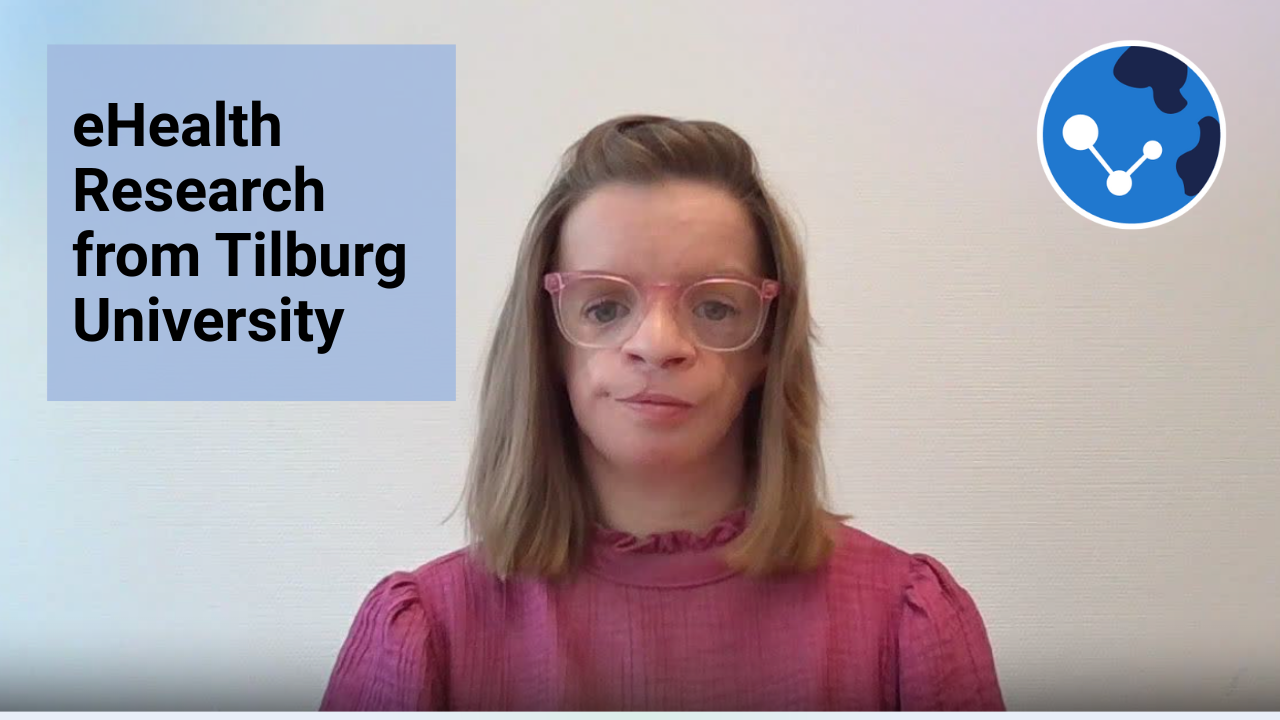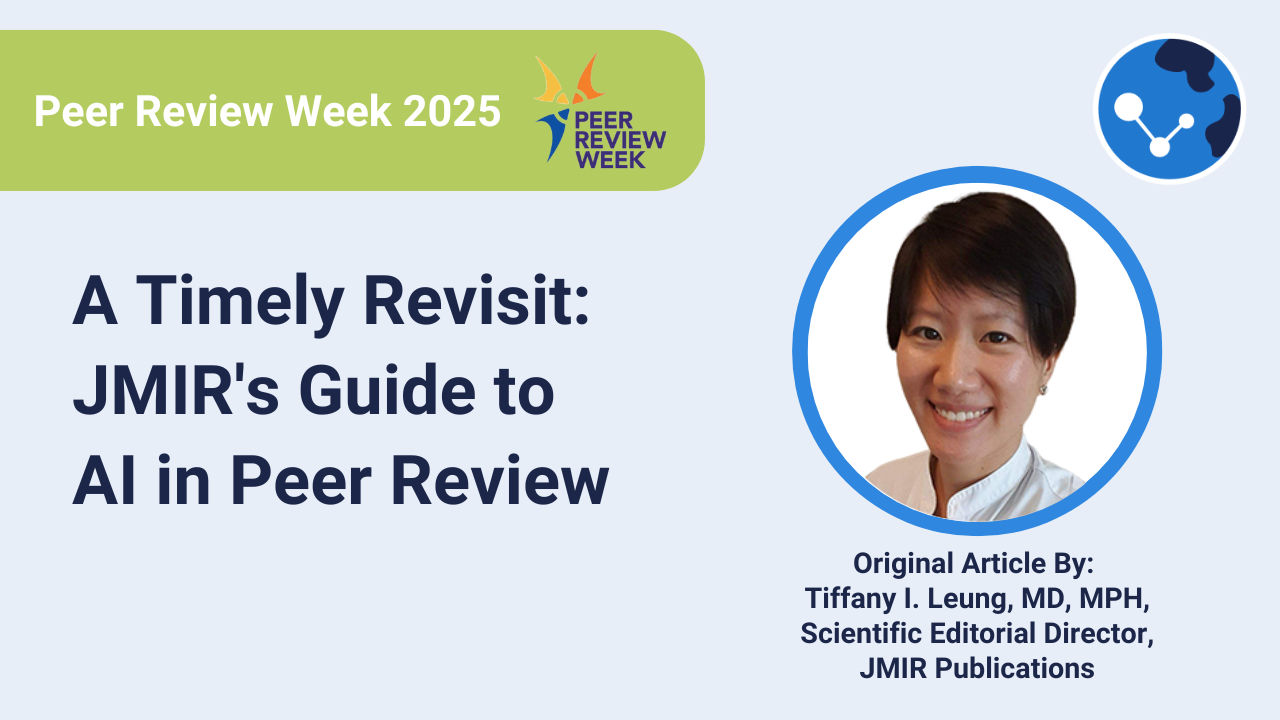The Art of Collaboration: Making eHealth Work

eHealth holds a great deal of promise, offering solutions from virtual reality for pain management to wearable devices for continuous health monitoring. But turning these innovations into reality is far from simple. It requires a delicate and often complex mix of collaboration between different organizations, from tech companies and academic institutions to hospitals and government bodies.
Aafke Coopmans, a PhD student at Tilburg University, and her team from the Netherlands recently tackled this challenge in a scoping review published in the Journal of Medical Internet Research. Their paper, "Collaborating Across Organizational Boundaries to Develop, Evaluate, and Implement eHealth: Scoping Review," explores the intricate process of collaboration during eHealth deployment.
Navigating the Boundaries
The core of this research is a simple, yet profound, idea: collaboration is essential because no single organization has all the expertise needed to develop successful eHealth solutions. However, this teamwork is often complicated by "organizational boundaries"—the differences between organizations, such as their priorities, goals, and expectations. These boundaries can either facilitate or hinder the collaborative process.
Aafke Coopman’s team’s review carefully analyzes existing literature to uncover the circumstances under which these boundaries arise and how to navigate them using dialogical learning mechanisms. The study reveals that the key to success lies in three critical mechanisms: identifying, coordinating, and reflecting on organizational boundaries at every stage of the eHealth deployment process. By doing so, organizations can turn potential obstacles into opportunities for growth and a more comprehensive understanding of their projects.
A Deeper Look at the Process
The research examines the distinct phases of the collaborative process—development, evaluation, and implementation—and identifies how different boundaries emerge in each. For instance, in the development phase, boundaries related to intellectual property or differing organizational cultures might arise. During implementation, new boundaries can appear as policy makers and other governmental organizations get involved.
This is the first study of its kind to offer a phase-specific view of how organizational boundaries and dialogical learning mechanisms influence interorganizational collaboration in eHealth. The findings provide crucial insights for anyone involved in developing and implementing digital health solutions, from academics to project managers to government officials. By understanding this dynamic process, we can build a stronger foundation for eHealth innovations that truly make a difference.
Curious to learn more about how organizations can better collaborate on eHealth projects? Watch the video to hear Aafke Coopmans explain the team's research, and read the full research article for a detailed look at her team’s findings and recommendations.
Subscribe Now


